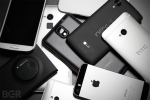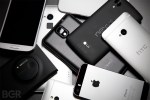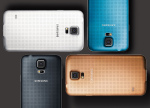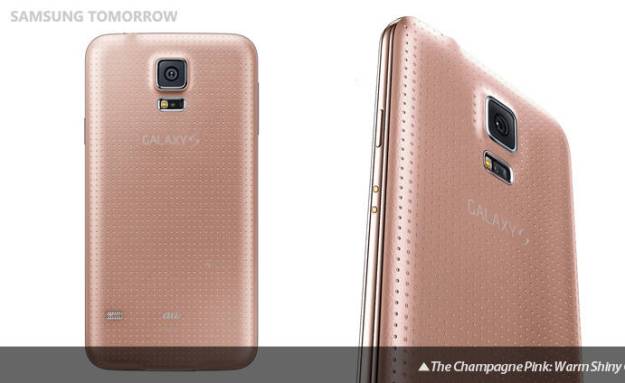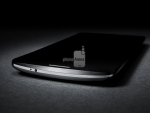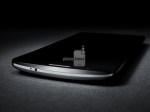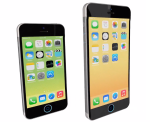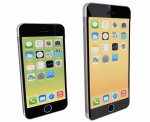So you want to buy a smartphone and you’re putting a premium on camera quality? Then you really need to check out PhoneArena’s latest comprehensive test of smartphone cameras that includes big-name devices such as the iPhone 5s and the Galaxy S5 along with lesser-known devices such as Huawei’s recently released Ascend P7. What PhoneArena found was that the Galaxy S5, the Ascend P7 and Sony’s Xperia Z1 all took the best overall pictures, although the final scores for each smartphone only begin to tell the story of what makes a smartphone camera great.
Our one disappointment was that PhoneArena didn’t include Nokia’s Lumia 1020 in its report, since by all accounts it takes the best pictures of any smartphone the world has ever seen. Nonetheless, the photography showdown includes just about every other major smartphone on the market right now, including the HTC One (M8) and the LG G2.
One thing that’s particularly intriguing about PhoneArena’s study is that it found the Ascend P7 to have the best camera in a couple of key categories, including panoramic shots and overall color quality, but it didn’t fare as well as other cameras in low-light situations such as indoor shots or nighttime shots. The Galaxy S5′s camera, meanwhile, fared the best when it came to nighttime pictures and video quality and tied with the Ascend P7 for the best score in overall color quality.
HTC’s One M8 fared very poorly in the study as its camera ranked not only last overall but came in last in four of the six major categories that PhoneArena used to judge picture quality. This shouldn’t be too surprising because we found that the One (M8′s) camera was the worst thing about an otherwise outstanding smartphone, and it’s definitely something for HTC to keep in mind when it designs its next flagship phone.
PhoneArena’s full breakdown of smartphone cameras is well worth your time and can be found by clicking the source link below.
Read more here: Boy Genius Report

